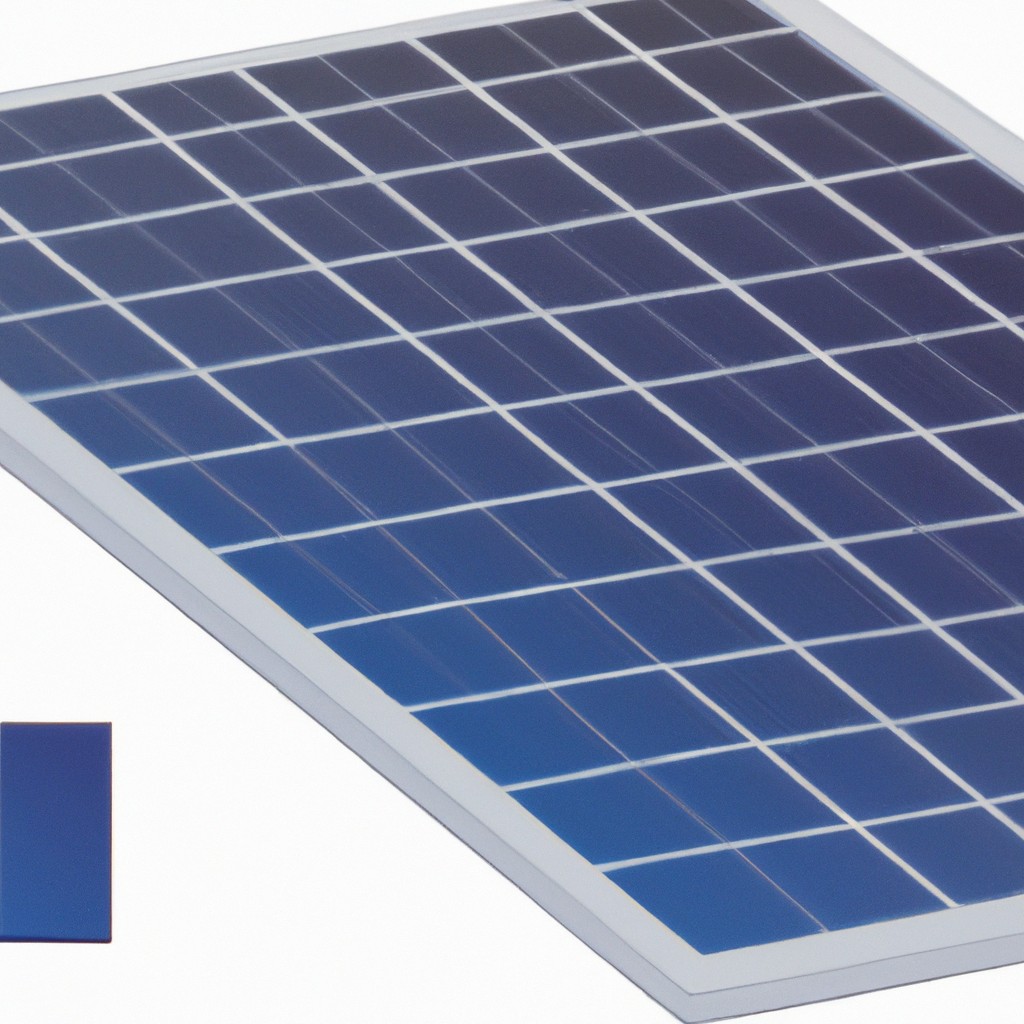Discover how solar battery storage systems can revolutionize your energy independence by storing excess solar power for use any time.
Key takeaways:
- Solar batteries store excess energy for later use.
- They bridge the gap between solar energy generation and usage.
- Solar batteries ensure a round-the-clock supply of clean energy.
- They recharge during the day and power your home at night.
- Consider factors like battery life, efficiency, and upfront cost.
What Are Solar Batteries

Solar batteries function as the energy reservoirs for your solar power system. Picture them as silent guardians, storing excess energy when the sun’s beaming down, only to have it at your beck and call once the sun takes a bow for the day. They’re instrumental in bridging the gap between solar energy generation and usage.
During those sun-drenched hours, solar panels may produce more electricity than your home can use. Rather than letting this surplus energy go to waste, it’s sent to the batteries for a rainy day—or, more practically, for nighttime use, during outages, or when your panels are on a break.
With these batteries in place, the sun’s power transcends the barrier of day and night, making solar energy a round-the-clock resource in your home. They ensure the lights stay on, the refrigerator hums, and devices stay charged, even when the stars are out.
In essence, these batteries take the concept of solar power a step further, letting homeowners tap into clean energy whenever needed, thus adding a new layer of versatility to solar installations.
How Do Solar Batteries Work?
Harnessing sunlight, solar panels convert it into electricity you can use right away. But what happens when the sun dips below the horizon? That’s where solar batteries step in, acting like hibernating bears storing fat for winter—they keep that energy at bay until you need it.
Here is the lowdown on the process: during the day, your solar panels might produce more power than you can use. Instead of letting it go to waste or sending it back to the grid, the surplus is directed to charge the battery. Think of it as filling up a water balloon, but instead of water, you’re storing sunshine!
As night falls or on cloudy days when your panels might be slacking off, you don’t have to fumble in the dark or rely on the grid. Your battery’s got you covered, discharging the stored energy to power your home. It is like dipping into your savings account when you need some extra cash.
In essence, solar batteries keep the lights on and your appliances running—seamlessly and without a hiccup—maintaining your home’s energy tempo day and night.
Key Factors in Choosing a Solar Battery
Battery life sets the stage for your energy storage experience. Typically measured in cycles, it tells you how many charges and discharges the battery can handle before its capacity diminishes. Imagine a marathon runner—more cycles mean a longer, more reliable run.
Depth of discharge (DOD) is the percentage of the battery that can be used without harming its lifespan. Think of it as a glass of water; you wouldn’t empty it completely between refills to keep it in good shape.
Efficiency is the superhero of the solar battery world. It’s the rate at which the battery can convert stored energy into usable electricity. Higher efficiency means more bang for your buck—more of your solar energy is available for use.
The upfront cost can’t be brushed under the solar panel. It includes the price of the battery itself, along with installation and any additional equipment needed. It’s a balancing act—weighing this initial investment against long-term savings and benefits.
Battery Life
Solar battery lifespan is a critical consideration for homeowners looking to maximize their investment. Typically, you can expect a solar battery to last anywhere between 5 to 15 years. However, the actual shelf life hinges on several factors, such as the battery type, the number of charge cycles, and how often it’s used. For instance, lithium-ion batteries tend to have a longer lifespan compared to lead-acid types due to their enhanced endurance to repeated charging and discharging.
A handy rule of thumb is to focus on the warranty terms, which often guarantee a certain number of cycles or years of use. Keep an eye out for batteries promising upwards of 10 years, or those offering around 3000 cycles at 80% depth of discharge (DoD), indicating a longer service life. Remember, just like vintage wine, solar batteries might mature and degrade over time – the trick is to find one that promises a fine balance of longevity and reliability.
Depth of Discharge
Here’s the rub with solar storage: the more you deplete your battery daily, the more wear and tear it endures. This is where Depth of Discharge (DoD) enters the picture. Think of DoD as a recommended guideline for how much juice you should use before recharging to keep your battery kicking longer.
Let’s say you’ve got a battery tagged with a DoD of 90%. That means if you tap into 90% of its capacity, you’re still in the green zone for maintaining its health. Dig beyond that, and you’re flirting with shortening its lifespan. It’s like a game of energy limbo – how low can you go without toppling the pole?
Remember, a higher DoD usually equates to a more resilient battery, which means you’ll get more energetic bang for your buck in the long run. Now isn’t that a bright idea?




